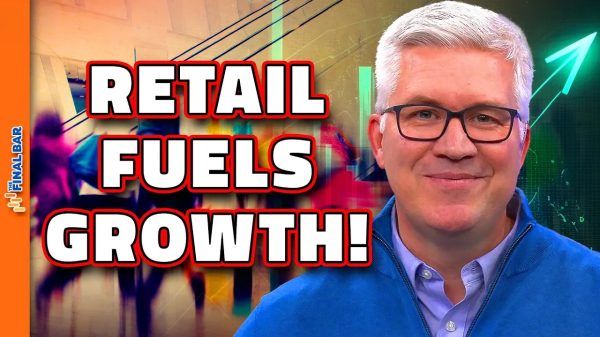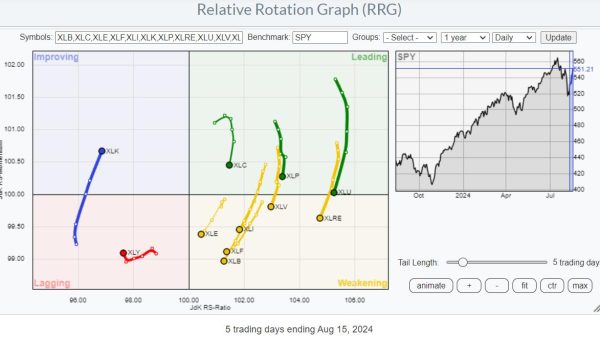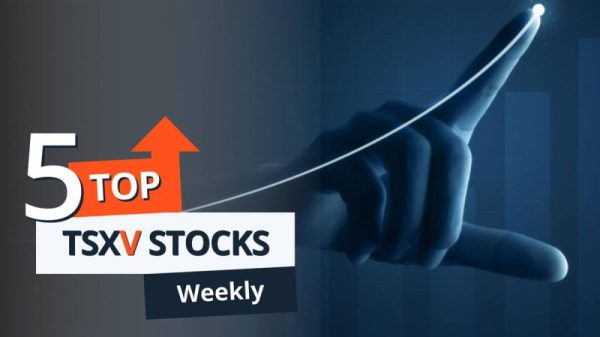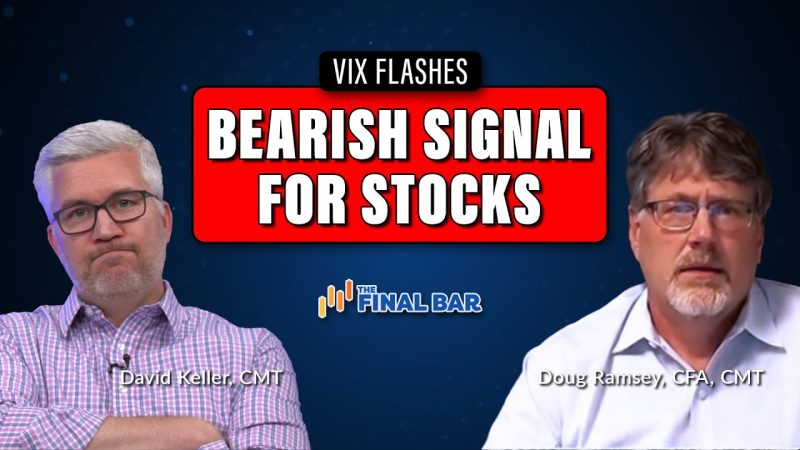The stock market has been on a roller coaster ride in recent weeks, with investors trying to make sense of the ever-changing economic landscape. One key indicator that has been flashing a warning sign is the VIX, which is often referred to as the “fear gauge” of the stock market.
The VIX, or the Chicago Board Options Exchange Volatility Index, is a measure of the expected volatility of the S&P 500 index over the next 30 days. It is calculated using the prices of options on the S&P 500 index. When the VIX is high, it indicates that investors are expecting a lot of volatility in the stock market.
Recently, the VIX has been flashing a key bearish signal for stocks. The VIX has been trading above its long-term average of 20 for the past few weeks, indicating that investors are expecting a lot of volatility in the near future. This is a bearish sign for stocks, as it suggests that investors are expecting the stock market to decline in the near future.
The VIX is not the only indicator that is flashing a bearish signal for stocks. Other indicators, such as the CBOE Put/Call Ratio, are also showing bearish signals. The Put/Call Ratio is a measure of the number of put options (which are bets that the stock market will decline) relative to the number of call options (which are bets that the stock market will rise). When the Put/Call Ratio is high, it indicates that investors are expecting the stock market to decline.
It is important to note that the VIX and other indicators are not infallible. They can be wrong, and the stock market can move in the opposite direction of what they are predicting. However, it is important to pay attention to these indicators, as they can provide valuable insight into the current state of the stock market.
In conclusion, the VIX and other indicators are flashing a key bearish signal for stocks. Investors should pay attention to these indicators and be prepared for a potential decline in the stock market in the near future.































